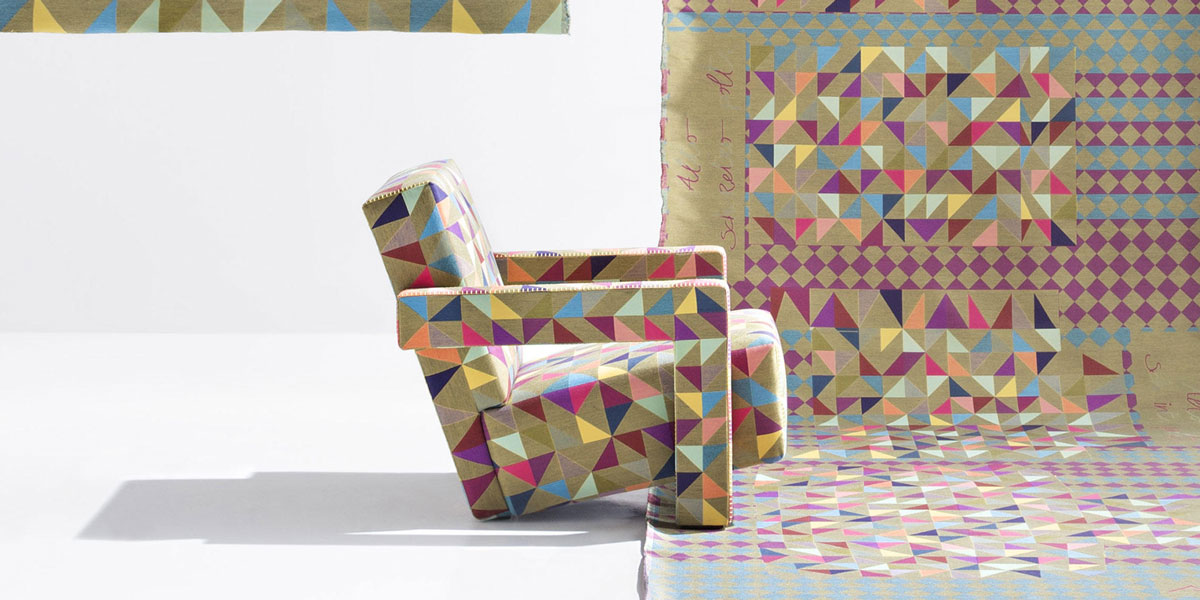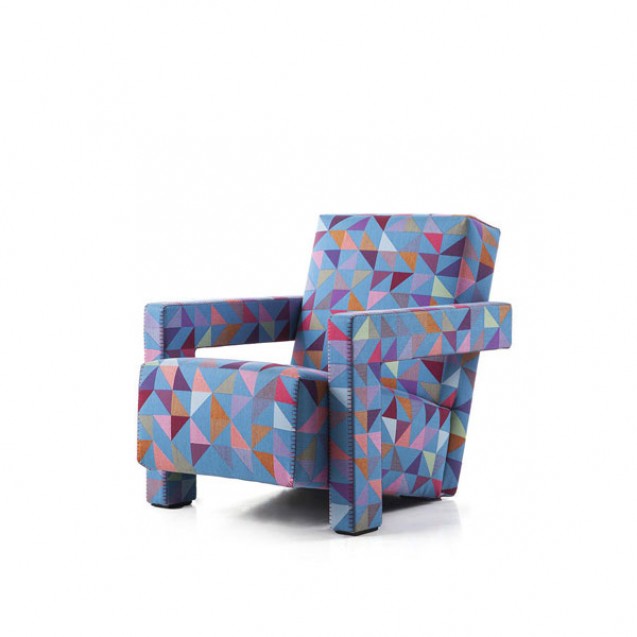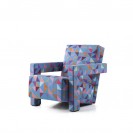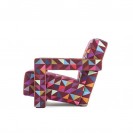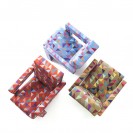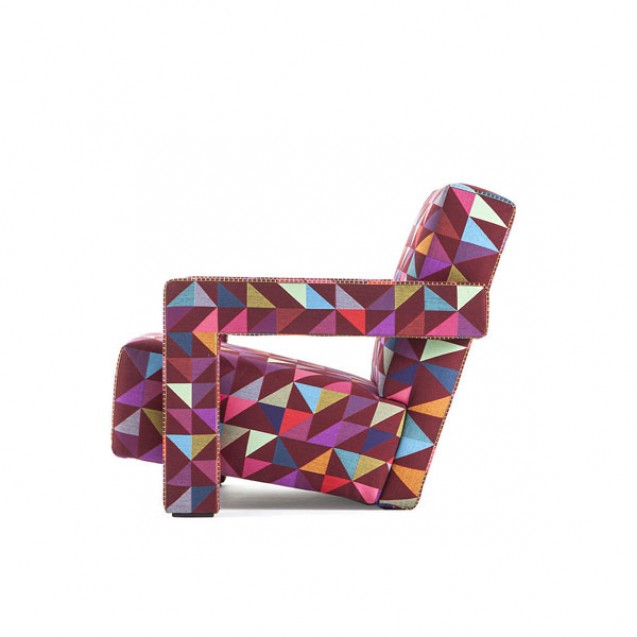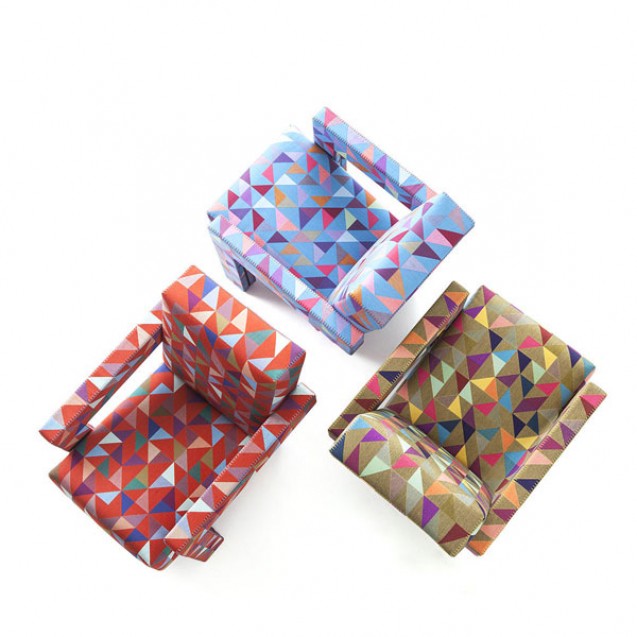637 Utrecht C90 Limited Edition
The artist Bertjan Pot has
designed a fabric in Jacquard variants specifi cally for the Utrecht armchair
to offer a contemporary reworking of this icon from 1935 designed by Gerrit T.
Rietveld. The architecture of the armchair is reflected in the innovative
manufacture of this BoxBlocks fabric, made from eight coloured threads,
combined two at a time to create 19 colours designed to a template to follow
the shape of the armchair. The fabric has a unique, perfectly balanced
geometric pattern, in which the triangle combinations are never repeated. A
homage to Dutch creativity, each BoxBlocks fabric covers limited edition in
bespoke upholstery, numbered to guarantee Cassina authenticity.
| About Designer | |
|---|---|
Gerrit Thomas Rietveld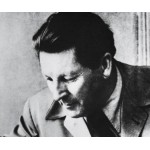 |
Gerrit Thomas Rietveld,
born in Utrecht on 24 June 1888, seems possessed of two personalities, each so
distinct that one might take his work to be that of more than one artist. The
first personality is that seen in the craftsman cabinet-maker working in a
primordial idiom, re-inventing chairs and other furniture as if no one had ever
built them before him and following a structural code all of his own; the
second is that of the architect working with elegant formulas, determined to drive
home the rationalist and neoplastic message in the context of European
architecture. The two activities alternate, overlap, and fuse in a perfect
osmosis unfolding then into a logical sequence. In 1918 Rietveld joined the “De Stijl” movement which had sprung
up around the review of that name founded the year before by Theo van Doesburg.
The group assimilated and translated into ideology certain laws on the dynamic
breakdown of compositions (carrying them to an extreme) that had already been
expressed in painting by the cubists: the “De Stijl” artists also carefully studied the
architectonic lesson taught by the great Frank Lloyd Wright, whose influence
was widely felt in Europe at that time. Collaborating first with
Robert van’t Hoff
and Vilmos Huszar, then with Theo van Doesburg and Cornelius van Eesteren,
Rietveld soon became one of the most distinguished interpreters of the
neoplastic message. Among his most important
works are:
the Schröder house at
Utrecht (1924); the “Row
Houses” at
Utrecht (1931-34); the Dutch pavilion at the Venice Biennial (1954); the
sculpture pavilion in the Rijksmuseum Kröller-Müller at Otterloo and the Van
Gogh Museum in Amsterdam (1955). Out of his equally important furniture,
Cassina has chosen for its own production: the “Red and Blue” (1918), the “Zig-Zag” (1934), the “Schröder 1” (1923), the “Utrecht” (1935) |
